Can CBD Help Treat Conjunctivitis?
In recent years, cannabidiol (CBD) has gained significant attention for its potential health benefits. Among these, its ability to manage and possibly treat various ailments stands out. One such condition that is under exploration for CBD's therapeutic effects is conjunctivitis, commonly known as pink eye. This article delves into the scientific and anecdotal evidence surrounding the use of CBD for conjunctivitis, offering a comprehensive overview of its potential as a treatment option.
Estimated reading time: 10 minutes
- What is Conjunctivitis?
- The Potential Benefits of CBD for Conjunctivitis
- Potential Antimicrobial Effects of CBD
- Using CBD for Conjunctivitis
- Choosing the Right CBD Product
- How to Use CBD for Conjunctivitis
- How NOT to use regular CBD oil for Conjunctivitis
- Safer Alternatives to regular CBD oil
- Conclusion
- FAQ
- The Real CBD oils
What is Conjunctivitis?
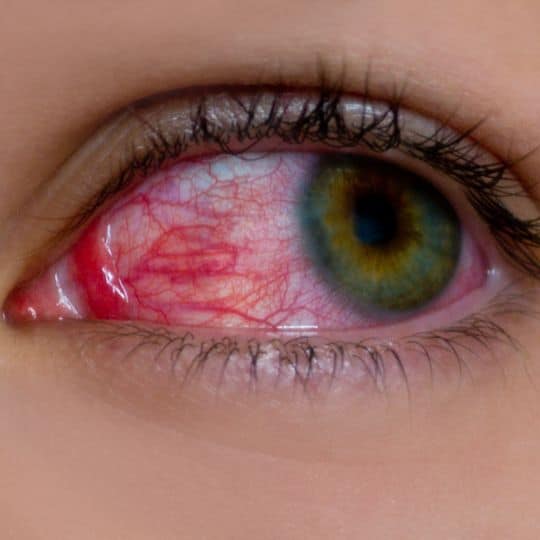
Conjunctivitis is an inflammation or infection of the transparent membrane (conjunctiva) that lines the eyelid and covers the white part of your eyeball. When small blood vessels in the conjunctiva become inflamed, they are more visible. This is what causes the whites of your eyes to appear reddish or pink. Symptoms often include eye redness, swelling, itching, and a gritty feeling in the eye.
The Role of CBD in Treating Inflammation
CBD has been recognized for its anti-inflammatory properties. These properties make it a candidate for treating a variety of conditions where inflammation is a key component, such as arthritis, allergies, and indeed, conjunctivitis. CBD interacts with the body's endocannabinoid system (ECS), which plays a crucial role in regulating inflammation and immune response. By influencing the ECS, CBD can help modulate the body's inflammatory pathways, potentially reducing symptoms like redness, swelling, and discomfort associated with conjunctivitis.
The Potential Benefits of CBD for Conjunctivitis
One of the main advantages of using CBD for conjunctivitis is its potential to reduce inflammation without the side effects associated with traditional medications. Unlike steroid-based treatments that can have adverse effects with long-term use, CBD presents a natural alternative that could potentially alleviate redness, swelling, and itching without significant side effects.
Scientific Evidence Supporting CBD for Eye Health
While research directly linking CBD to effective conjunctivitis treatment is still emerging, studies have shown that cannabinoids, including CBD, possess anti-inflammatory and neuroprotective actions. These could be beneficial in treating eye conditions that involve inflammation. For example, research has indicated that CBD could help reduce uveitis, a form of eye inflammation. This suggests potential applicability to other inflammatory conditions like conjunctivitis.
Clinical Study on CBD for eye health
Potential Antimicrobial Effects of CBD

Conjunctivitis is caused by bacteria or viruses. Interestingly, some studies have pointed to the antimicrobial properties of cannabinoids. CBD has been studied for its effectiveness against a range of microbial organisms and has shown promise as an antibacterial agent. Although researchers need to conduct more research to directly link CBD's antimicrobial properties with its effectiveness against the pathogens that cause conjunctivitis, the existing studies lay the groundwork for future exploration.
Optimal Application Methods for CBD in Eye Care
For those considering CBD for eye health, understanding the best application methods is crucial. CBD eye drops are an emerging product specifically designed for ocular use. These drops are formulated to minimize irritation and maximize the absorption of CBD into the affected area, providing targeted relief.
Choosing the Right CBD Product for Eye Health
When selecting a CBD product for treating conjunctivitis, it is essential to opt for high-quality products from reputable suppliers. Ensure the CBD is sourced from organically grown hemp and contains no contaminants that could further irritate the eyes. Third-party lab testing and clear product labeling are also must-haves to verify the safety and efficacy of the product.
Using CBD for Conjunctivitis
When considering CBD for conjunctivitis, it is crucial to consider the safety and quality of the product. You can use CBD in various forms, including eye drops, which are particularly relevant for treating eye conditions. However, not all CBD products are equal. Manufacturers must carefully manage the purity and preparation method of CBD eye drops to avoid additional irritation or infection..
Quality and Regulation:
As the market for CBD products is still relatively unregulated, choosing high-quality, lab-tested products is essential. Look for products that provide clear information about the source, extraction method, and third-party testing results to ensure safety and efficacy.
Choosing the Right CBD Product

When selecting a CBD product for conjunctivitis, it's crucial to opt for high-quality, lab-tested options that ensure safety and efficacy. Here are some recommended types of CBD products that can be effective for treating eye inflammation:
CBD Oils and Tinctures: CBD oils are versatile and can be used topically or taken orally. When used topically, it is important to ensure that the product is safe for ocular use. Oils can also be added to a cold compress for gentle relief on the eyes.
CBD Eye Drops: Specifically formulated for ocular use, manufacturers design CBD eye drops to deliver anti-inflammatory CBD directly to the affected area, providing quick and targeted relief.
CBD-Infused Topicals: For those who prefer not to apply CBD directly to their eyes, they can use CBD-infused creams and balms around the eyes to reduce inflammation and soothe pain. Make sure to choose products specifically intended for facial use and free from irritants.
How to Use CBD for Conjunctivitis
To effectively use CBD for conjunctivitis, follow these steps:
- Choose the Appropriate Form: Select a CBD product formulated specifically for ocular or facial use. Products intended for other parts of the body may contain concentrations or ingredients that are not suitable for the eyes.
- Check the Dosage: Start with a low dose of CBD and gradually increase it based on your response to the treatment. Always follow the dosage recommendations provided on the product label.
- Apply with Care: When applying CBD oil or cream, use a clean fingertip or cotton swab. Avoid touching the tip of the container directly to the eye or any other surface to prevent contamination.
- Monitor Your Symptoms: Keep track of your symptoms and how they respond to the CBD treatment. If you notice any worsening of symptoms or experience discomfort, discontinue use and consult a healthcare provider.
More about CBD from our other blogs
How NOT to use regular CBD oil for Conjunctivitis
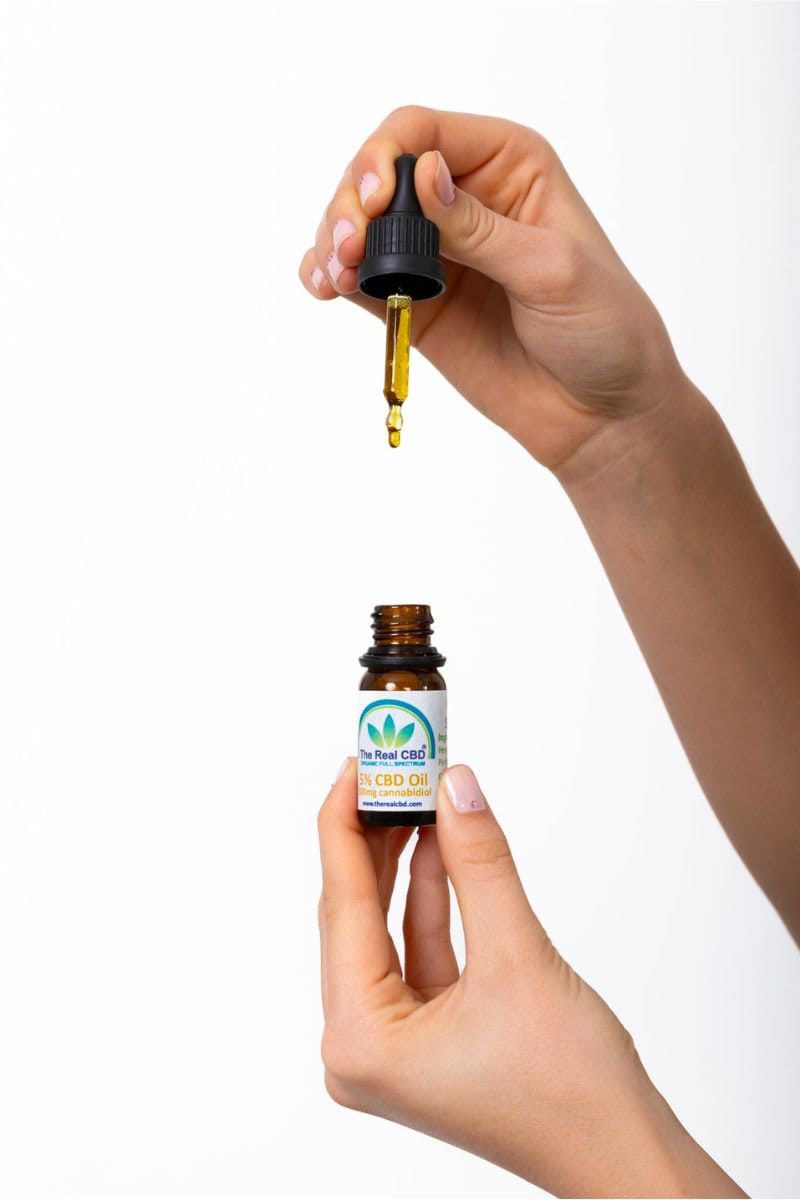
When it comes to treating eye conditions like conjunctivitis, also known as pink eye, it is crucial to understand why regular CBD oil should not be used directly in or around the eyes. Here is a breakdown of important considerations:
Inappropriate Formulation:
Regular CBD oil is formulated for oral or topical use on the skin, not for ocular use. The oil base and other ingredients in regular CBD products are not designed to be eye-friendly and can cause irritation, discomfort, or even damage when introduced to the sensitive areas of the eyes.
Risk of Contamination:
The dropper or applicator used for regular CBD oils is typically not sterile. Using such an applicator near the eyes can introduce bacteria or other harmful microorganisms, increasing the risk of infection or exacerbating existing conditions like conjunctivitis.
Incorrect Dosage and Concentration:
The concentration of CBD in regular oils is meant for broader absorption when taken orally or applied to the skin. There's no control over dosage when using regular CBD oil for the eyes, which could lead to using too much or too little, neither of which would be effective or safe.
Lack of Absorption:
The eye's natural barriers, like the cornea, are very selective about what they allow through. Regular CBD oils are not designed to penetrate these barriers effectively, which means the active ingredients may not even reach the inner parts of the eye where they could exert any potential benefit.
Potential for Eye Damage:
Ingredients in regular CBD oil, like certain carrier oils or preservatives, may not be safe for contact with the eyes. They can cause reactions ranging from mild irritation to serious chemical injuries to the eye's surface.
Safer Alternatives to regular CBD oil

If you are interested in exploring the potential benefits of CBD for conjunctivitis or other eye-related issues, look for products specifically formulated for ocular use. These products are typically water-based, not oil-based, and should be free from irritants; they are also manufactured to meet ophthalmological safety standards.
In any case, always consult with a healthcare professional, particularly an eye care specialist, before using any form of treatment for eye conditions. This ensures that you are choosing the safest and most effective option for your specific health needs.
Patient Testimonials and Anecdotal Evidence
Anecdotal evidence and patient testimonials suggest that individuals who have used CBD to treat conjunctivitis have observed a reduction in symptoms such as redness, itching, and swelling. While such reports provide valuable insights, they do not replace clinical evidence and should be considered as supplementary information.
Conclusion
While there is promising preliminary evidence that CBD could be beneficial in treating conjunctivitis, comprehensive clinical trials are needed to establish definitive effectiveness and safety. As research continues to evolve, CBD holds potential as a novel treatment for reducing the symptoms of conjunctivitis and other inflammatory eye conditions. If considering CBD for conjunctivitis, consult with a healthcare professional to ensure it is appropriate and safe for your specific situation.
FAQ

Conjunctivitis, commonly known as pink eye, is an inflammation or infection of the transparent membrane (conjunctiva) that lines the eyelid and covers the white part of your eyeball. Symptoms typically include eye redness, swelling, itching, and a gritty feeling in the eye.
CBD has recognized anti-inflammatory properties that might help in reducing inflammation and associated symptoms like redness, swelling, and discomfort in conjunctivitis. It interacts with the body's endocannabinoid system to potentially modulate inflammatory pathways.
CBD may offer a natural alternative to traditional medications without the associated side effects. Traditional treatments, particularly steroids, can have adverse effects with long-term use, whereas CBD is believed to reduce inflammation naturally.
When selecting a CBD product for eye health, ensure it is sourced from organically grown hemp and free from contaminants that could irritate the eyes. Opt for products specifically designed for ocular use, such as CBD eye drops, and always check for third-party lab testing and clear product labelling.
Regular CBD oil is not formulated for ocular use and may contain ingredients that are not safe for the eyes. These oils can cause irritation or damage and often lack sterile application methods, which increases the risk of infection. Always use products specifically designed for eye application to avoid these risks.
The Real CBD oils
-
Product on sale
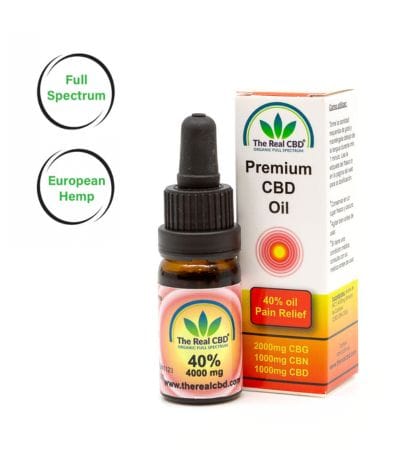 40% Pain Relief oilLe prix initial était : €179.00.€159.00Le prix actuel est : €159.00.
40% Pain Relief oilLe prix initial était : €179.00.€159.00Le prix actuel est : €159.00. -
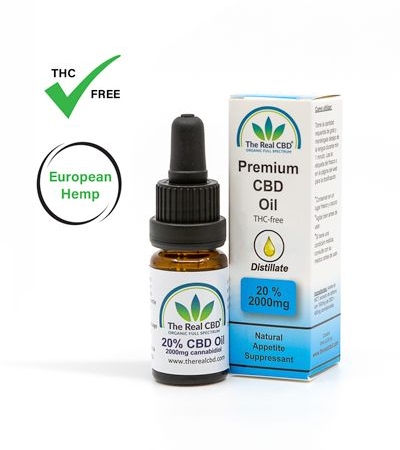 20% CBD oil – Distillate€92.00
20% CBD oil – Distillate€92.00 -
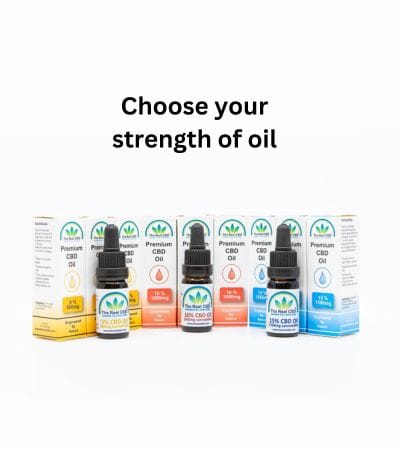 CBD 3 for 2 pack€58.00 – €170.00
CBD 3 for 2 pack€58.00 – €170.00 -
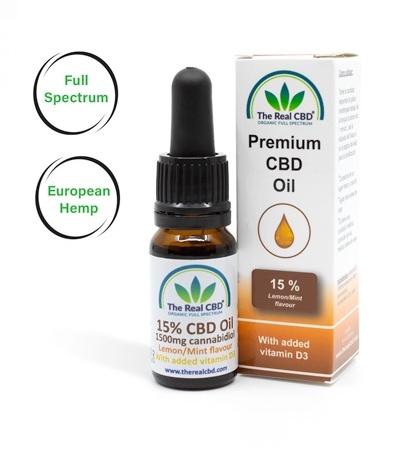 15% CBD oil with Vitamin D3€85.00
15% CBD oil with Vitamin D3€85.00 -
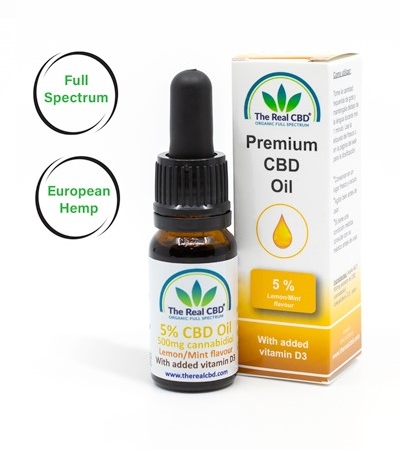 5% CBD oil with Vitamin D3€29.00
5% CBD oil with Vitamin D3€29.00 -
Product on sale
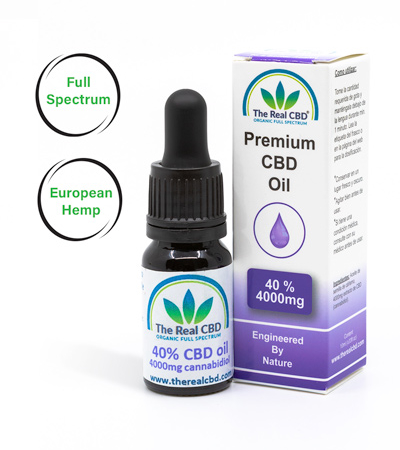 40% Raw CBD OilLe prix initial était : €189.00.€179.00Le prix actuel est : €179.00.
40% Raw CBD OilLe prix initial était : €189.00.€179.00Le prix actuel est : €179.00. -
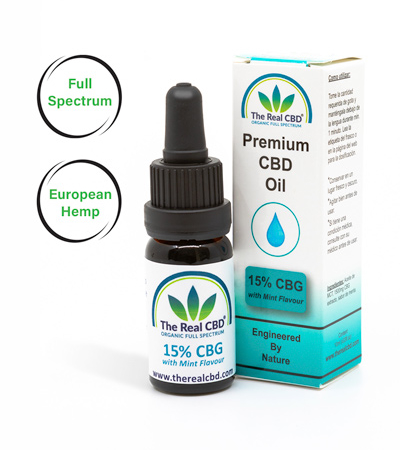 15% CBG Oil with mint taste€119.00
15% CBG Oil with mint taste€119.00 -
Product on sale
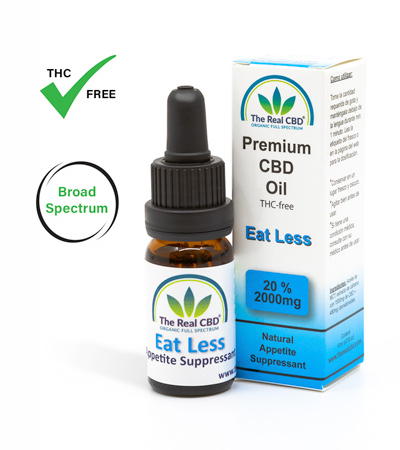 Eat Less – Natural Appetite SuppressantLe prix initial était : €85.00.€55.90Le prix actuel est : €55.90.
Eat Less – Natural Appetite SuppressantLe prix initial était : €85.00.€55.90Le prix actuel est : €55.90. -
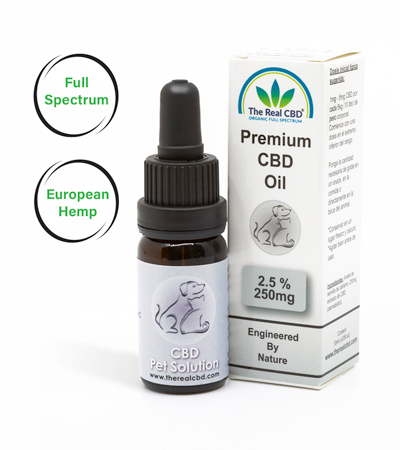 2.5% CBD oil for Pets€15.00
2.5% CBD oil for Pets€15.00 -
Product on sale
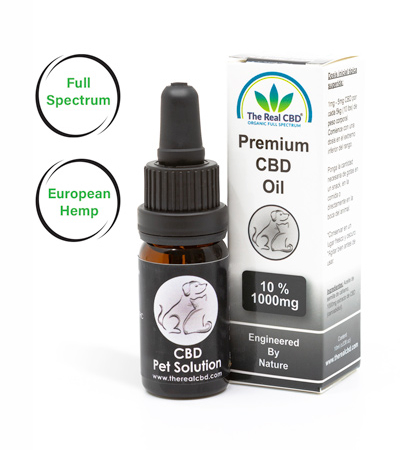 10% CBD oil for PetsLe prix initial était : €55.00.€44.00Le prix actuel est : €44.00.
10% CBD oil for PetsLe prix initial était : €55.00.€44.00Le prix actuel est : €44.00. -
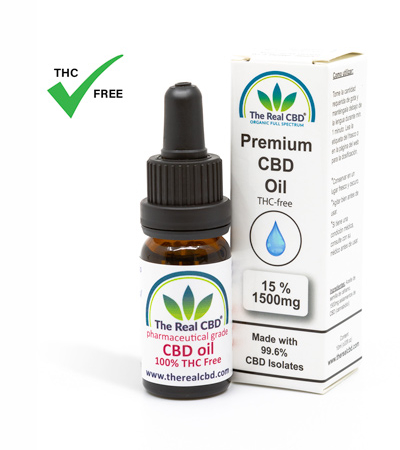 15% CBD oil – THC Free€80.00
15% CBD oil – THC Free€80.00 -
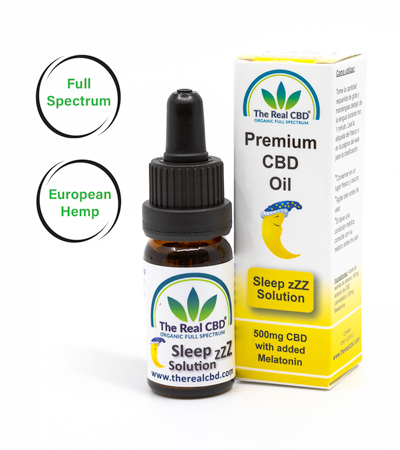 CBD Sleep Solution 10%€50.00
CBD Sleep Solution 10%€50.00

I am a certified expert in Medicinal Cannabis. We are all about giving correct and trustworthy information. We know how important it is to learn about CBD and cannabis, which is why we want to be your go-to source for trustworthy information. We help you improve your health by using our knowledge and experience as a starting point.














Leave a Reply
Want to join the discussion?Feel free to contribute!